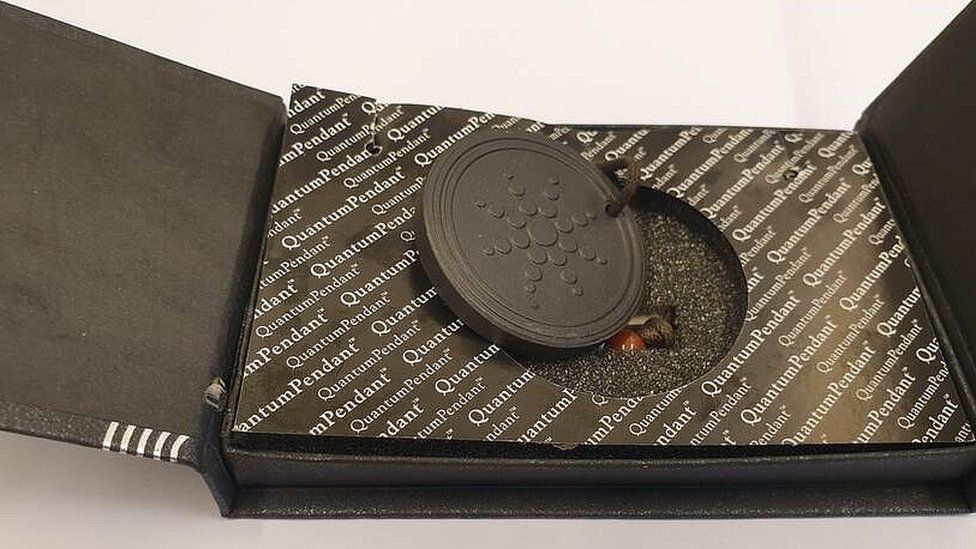I sat down with Dr. Robert Langer and a small group of journalists at MIT this week to discuss his lifetime work which includes 810 patents issued or pending, 24 companies that have received over $300 million in investments, 70 products approved by the FDA, and running the world’s largest bio-medical engineering research lab. His research staff of just over 100 includes MIT engineers and Harvard bio-medical researchers among others. Langer has spent the last 30 years bringing innovative medical technology to market by integrating knowledge derived from engineering and medicine.
Langer is known as the founder of tissue engineering in regenerative medicine including the early use of stem cells and synthetic skin, is a pioneer in the use of synthetic nanotech microspheres that deliver drugs to tissues and organs and designed and tested the earliest drug eluting stents.
Langer graduated from MIT with a degree in chemical engineering and earned a doctorate in 1974 at the height of the Oil Crisis and quickly attracted 25 job offers mostly in the oil industry where he was told that if he could help improve the efficiency of processing oil by 1% it would be worth billions of dollars to his employer. On returning to Boston following a round of interviews he realized his heart wasn’t in it.
After several unsuccessful starts an MIT professor introduced Langer to pioneer Judah Folkman of Children’s Hospital who at the time was beginning to research tumor angiogenesis in which he posited that if blood vessels nourishing tumors could be controlled tumors could be prevented from growing and spreading.
Folkman was looking for a chemical engineer who could find a way to transport drugs to cancer cells delivering a knockout punch. The team isolated the first substance that could successfully deliver drugs to cancer cells and prevent blood vessels from growing.
According to Langer two things helped him: first, was his ignorance; if he had read the literature he would have learned that what he was attempting was impossible. Second he employed an Edisonian approach where he found hundreds of ways in which the process of delivering medicine to cells didn’t work. Like all successful scientists, he stuck with it until the breakthroughs came.
Recent projects include the combining of liver cells and polymer scaffolding to make new tissues and organs, building ears, noses, and knees for the US military, again with a combination of scaffolds and cells, and the creation of new blood vessels and ribs.
Langer says that it while it is easier to create structural parts of the human body, like skin, creating functional structures, like a liver or heart, will be more challenging and will take time. In the end, he thinks humans will figure it out.
Finally Langer was asked about the viability of in vitro meat: can meat be grown in the lab and perhaps offer vegetarians an alternative to cow or chicken meat? Langer quipped, “Bill Gates and Larry Page asked me the same question so it would appear there is a big demand for it.”






